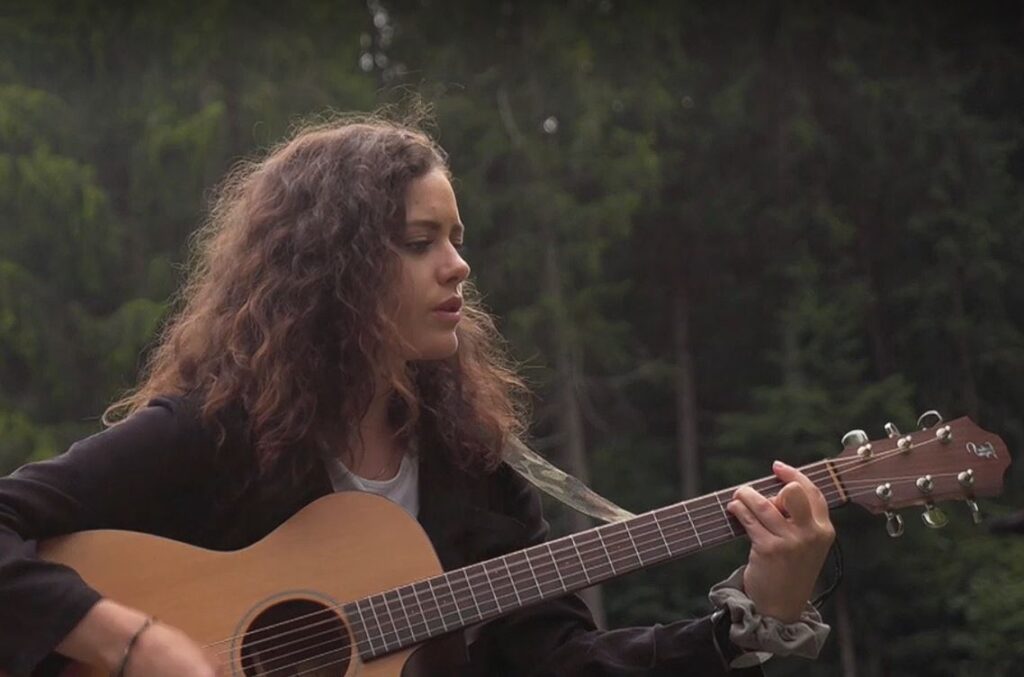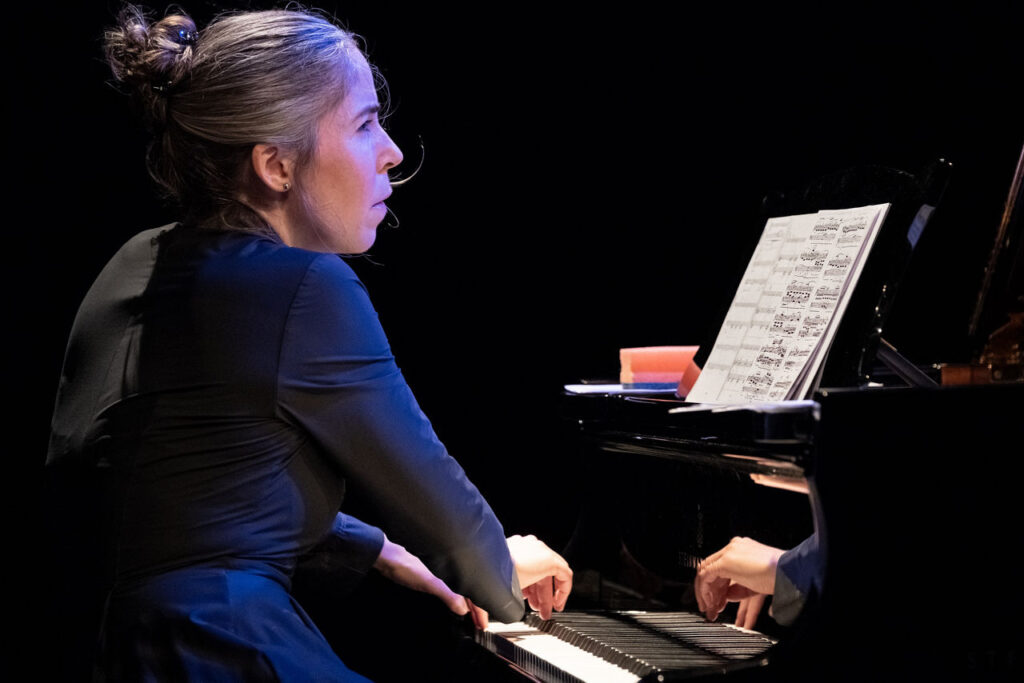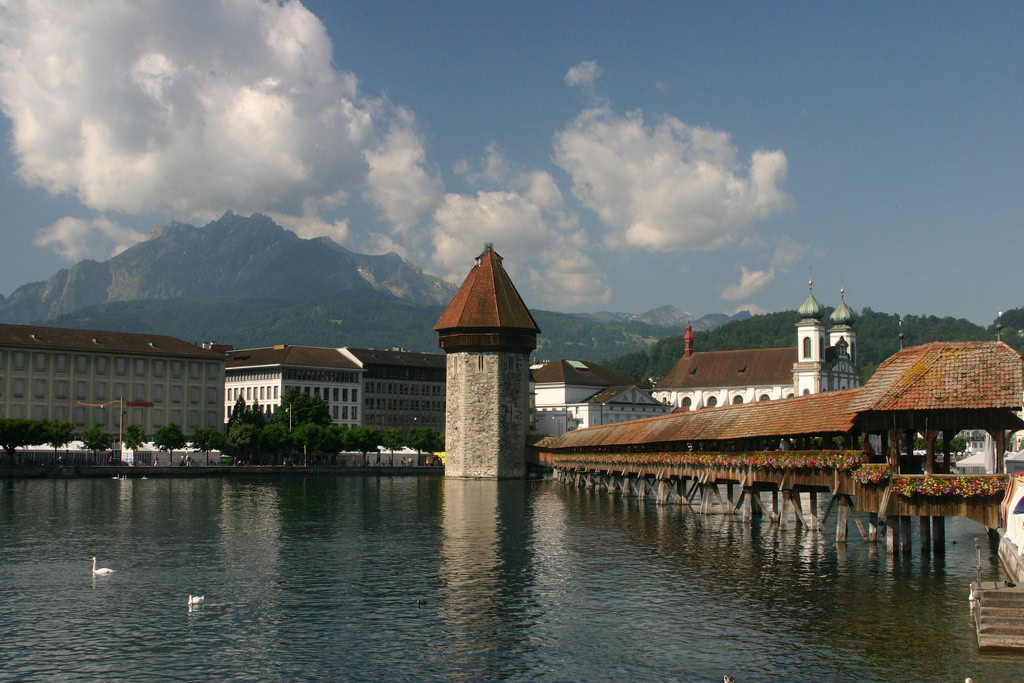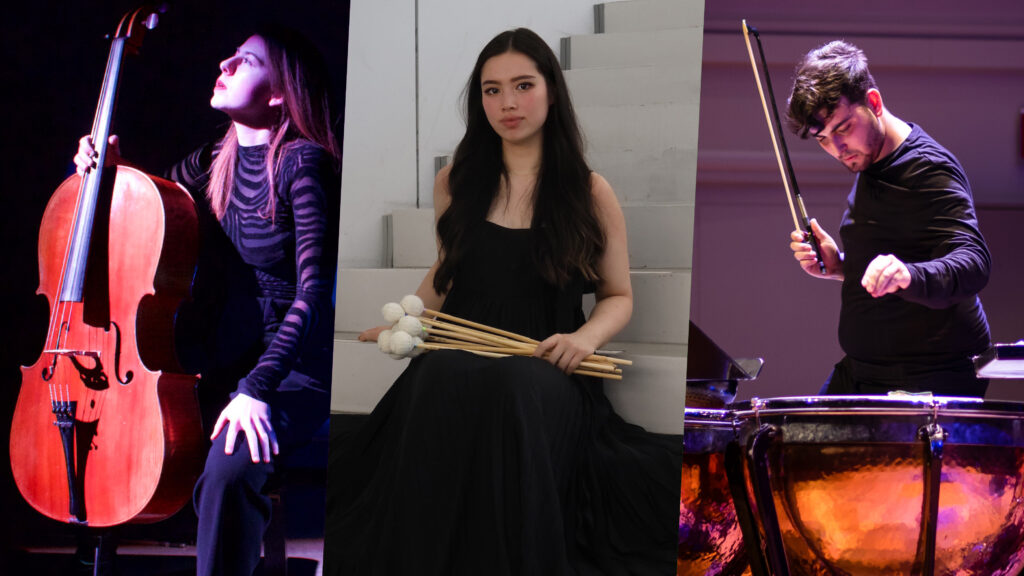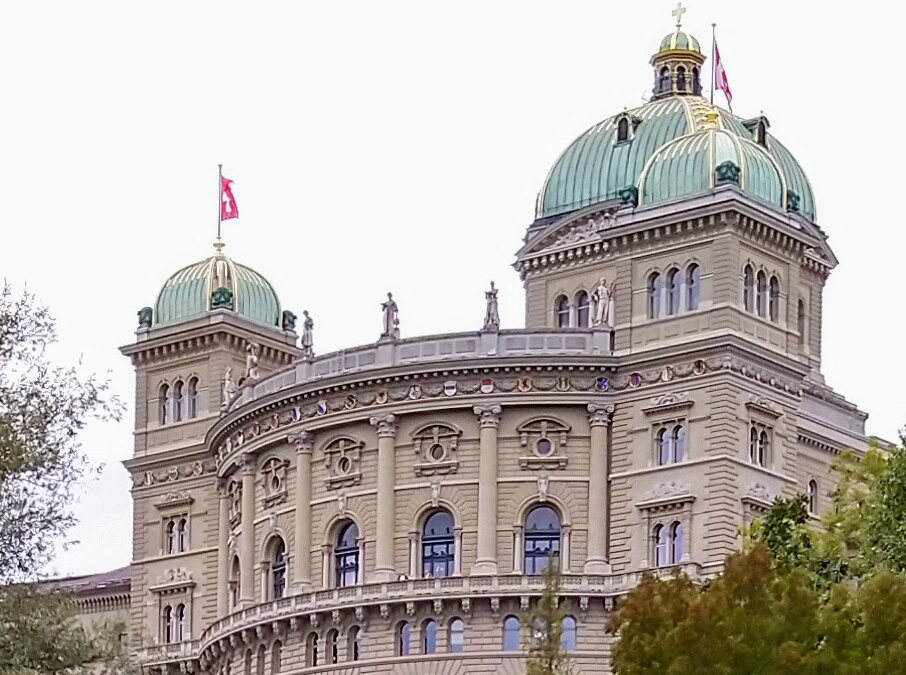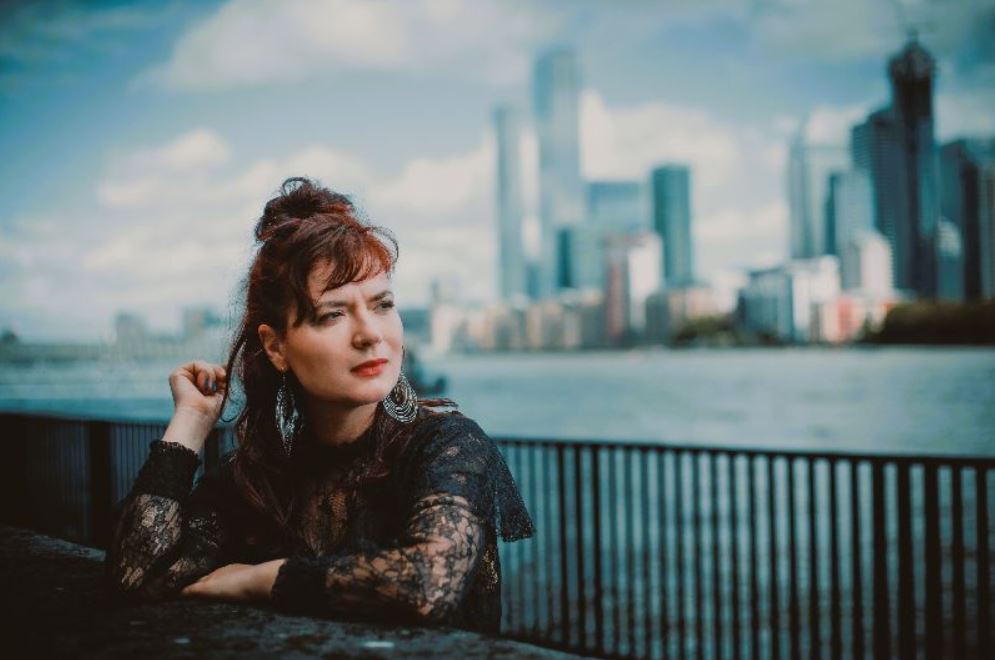Andreas Reize's contract in Leipzig extended
The city of Leipzig is extending the contract with Thomaskantor Andreas Reize. The Swiss conductor's current contract would expire in 2026. It is now set to run until 2034.
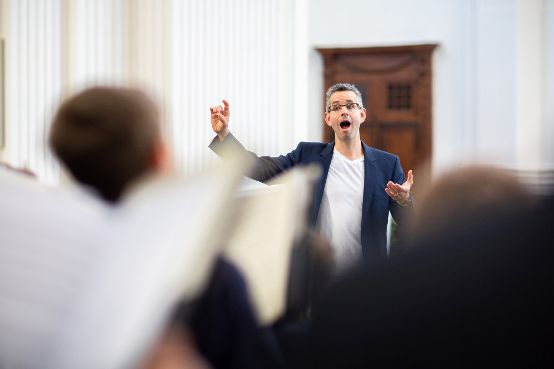
If the City Council agrees, the city writes, "long-term continuity will be created in this central position in Leipzig as a city of music". At the same time, the city would like to "appreciate the outstanding work of the Thomaskantor since he took office in September 2021".
The long term of the new contract is intended to give both the Thomaskantor and the Thomaner planning security. The extension of eight years corresponds to the cycle of a choir member from the first admission to the choir in the 5th grade up to and including the 12th grade. The first class, which will then have worked entirely under Andreas Reize, will graduate in 2029.
Andreas Reize was born in Solothurn in 1975. He studied in Bern, Winterthur and at the Schola Cantorum Basiliensis and in Lucerne. Most recently, he conducted the Cantus Firmus Vocal Ensemble and the Cantus Firmus Consort Orchestra. He was previously music director of the Waldegg Opera, director of the boys' choir Singknaben of St. Ursenkathedrale Solothurn, director of the Gabrielichor Bern and choir director of the Zurich Bach Choir as well as principal guest conductor at the Theater Biel-Solothurn for early music.






